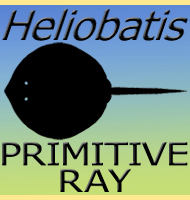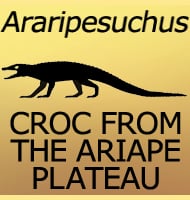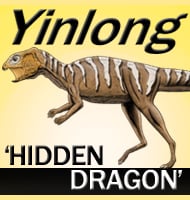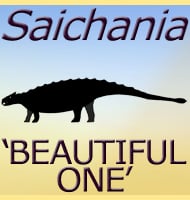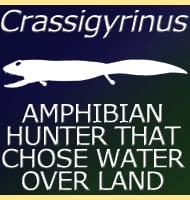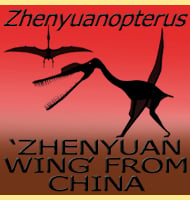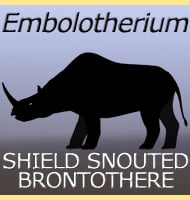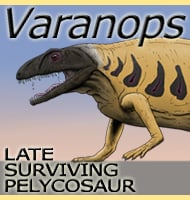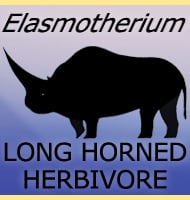About Coccosteus
Although Coccosteus could reach up to forty centimetres in length it was often less than half this at just over twenty centimetres.
This made Coccosteus smaller than some of the other larger placoderms that were prey to the really big hunters like Dunkleosteus and Dinichthys.
However this small size is probably the reason why Coccosteus preserved better than its larger cousins, because it could be buried and protected from scavengers and the elements much more quickly.
This more complete level of preservation has meant that Coccosteus has on many occasions been used as a model to reconstruct larger arthrodire placoderms were usually only the bony head plates are preserved.
The mouth of Coccosteus has been found to have been capable of opening extremely wide, meaning that a greater number of potential prey items were on the menu.
This movement was allowed by the presence of an additional joint in between the skull and neck vertebra.
This combined with the usual joint between the skull and neck plates meant that the head of Coccosteus had a greater amount of up and down motion than other arthrodire placoderms.
This action meant that a greater amount of water could be passed over the gills, and while it has been suggested by some that Coccosteus may have done so to filter organic material from the mud below, it may have also been done to help it breathe in water where the oxygen content was low.
In this scenario even though the water oxygen content would be low, a greater amount of water over the gill would result in faster exposure to a greater amount.
Like in other arthrodire placoderms the jaws were very sharp, a result of the dental plates constantly grinding against each other when the jaw was closed.
The eyes were also much nearer the front of the head than they were in some other arthrodire placoderms, suggesting that Coccosteus had a greater reliance upon vision when hunting.
Many of the Coccosteus remains have been confirmed to have come from fresh water environments, although it’s not completely out of the question that Coccosteus was active in saltwater as well.
Further reading
- – On some new Fossil Fish of the Carboniferous Period. – The Annals and Magazine of Natural History, Second Series 2:1-10. – F. M’Coy – 1848.
- – Catalogue of the Fossil Fishes in the British Museum (Natural History). Part II. – Catalogue of the Fossil Fishes in the British Museum (Natural History) 2. – A. S. Woodward – 1891.
- – Lower Devonian Fishes of Bear Tooth Butte, Wyoming. – Proceedings of the American Philosophical Society 71(5):225-254. – W. L. Bryant – 1932.

